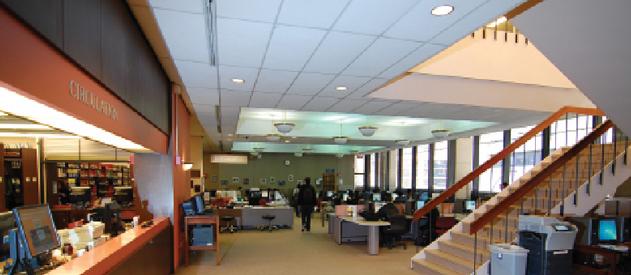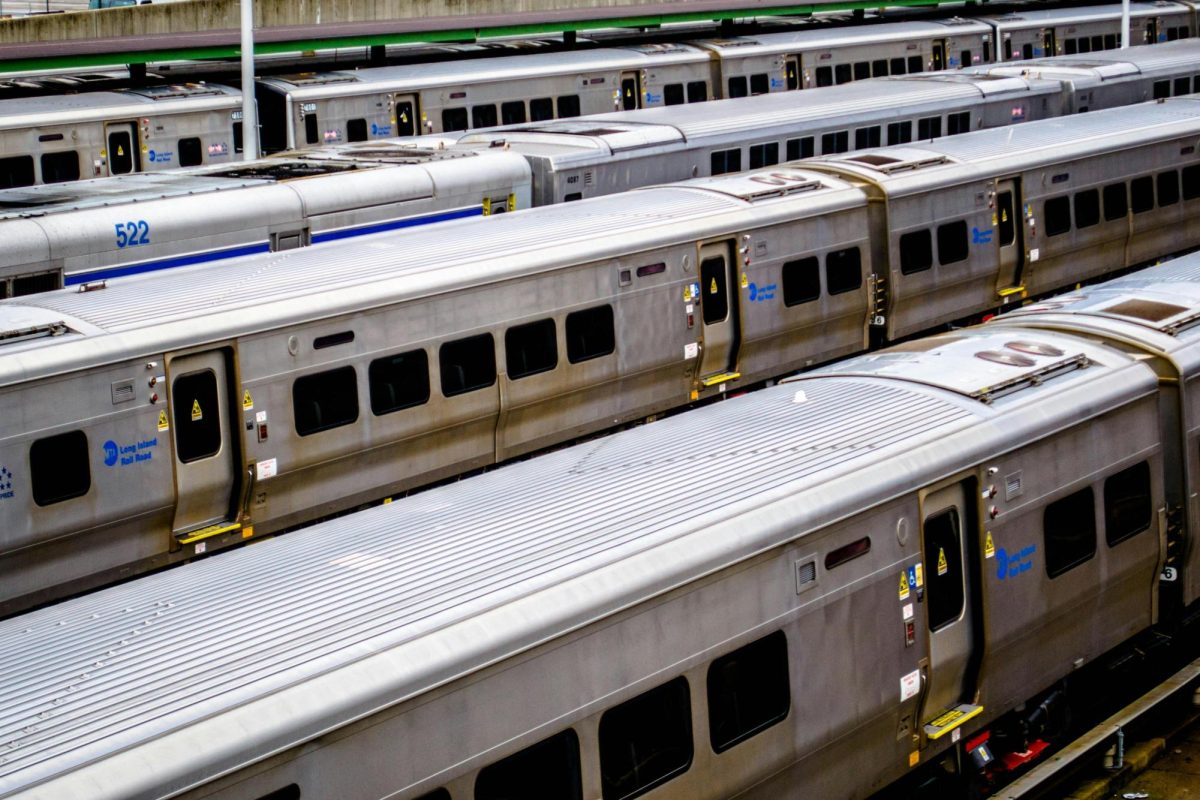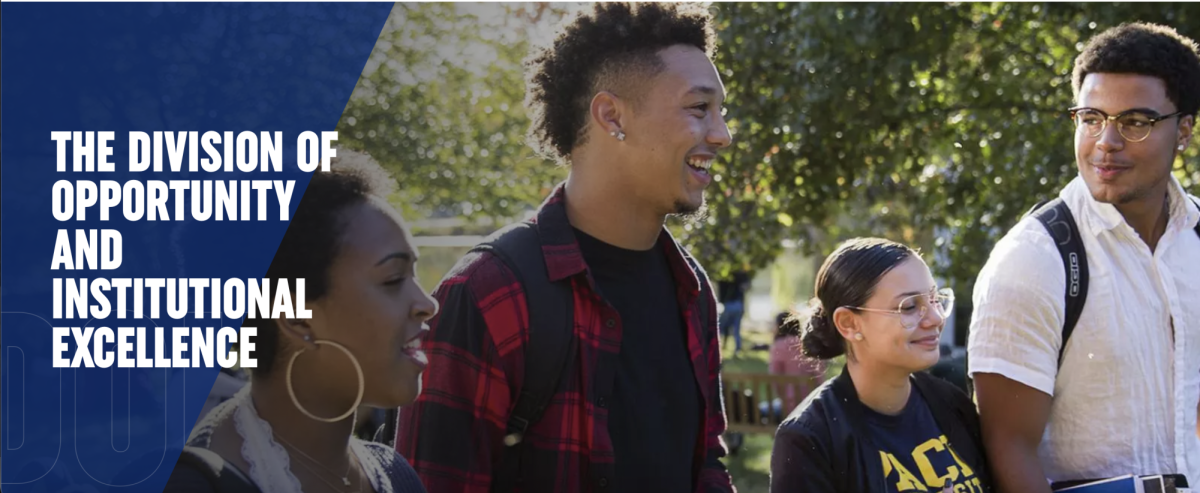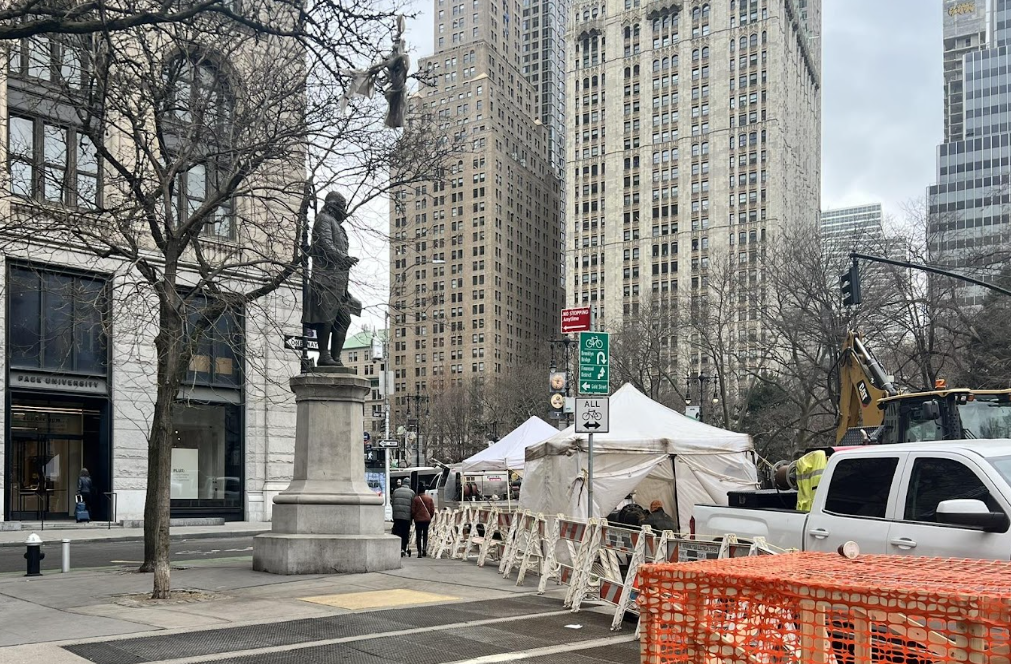Over a year has passed since University administrators were called upon to answer for failing to provide a convenient method for students with disabilities to access the second floor of Birnbaum library. Last January, The Pace Press sought to explore the widespread dissatisfaction with the lack of an elevator for disabled and injured students in the University’s Birnbaum library, making several efforts to hold University authority figures accountable.
Fortunately, these efforts have finally sparked a change: on Thursday, Feb. 5 a budget proposal was approved for the implementation of a scannable card reader in the elevator outside of Birnbaum library. This new technology will allow students with physical disabilities to access the second floor of the library independently, ending the current time-consuming practice of obligatory librarian escorts.
Though it may seem like a simple fix, the path to this solution has been filled with a great deal of challenges.
Last year, Ibrahima Bagate, Physical Plant Director, spoke about the project, noting that it had been discussed, but financial constraints were hindering progress, stating, “There are so many other needs at the University that we need to meet in order to serve the students at large as a whole as opposed to one single aspect.”
Freshman Trevor Mastrantone, who has a physical disability, found this statement to be “appalling,” further remarking, “To me that says students with disabilities are not considered part of the whole student body.”
Mastrantone’s cause for concern becomes clear when one examines how students with disabilities currently access Birnbaum’s second floor.
Waleska Laureano, Birnbaum Circulation Coordinator, described the process: “You need the elevator key for the service elevator. Then you wait for it to come—it has to be turned on for the second floor in order to have access. The kitchen staff also uses that floor, so there is some traffic. Then the staff at the Collaborative Learning Room usually calls to let the person down. It happens a couple times a day.”
A couple times a day adds up to roughly over a dozen times a week.
“I use a wheelchair and this is one of the problems I have at Pace. Although the library staff is very helpful, it is still an inconvenience. If the staff is helping somebody I do not want to be rude and interrupt. So sometimes I have to wait a few minutes. Also, when working in a group, having to wait for someone to escort me to the second floor wastes every one’s time. Sometimes I feel it is too much of hassle and I just avoid going to second floor,” Mastrantone said.
The second floor is where the Collaborative Learning Room, the Writing Center, all loanable materials and several study areas are located.
Frustrated with the amount of time it’s taken to solve this problem, Alicia Joseph, head Circulation Coordinator, said: “I’ve been here 15 years, and I’ve been fighting for the past 10 years.” Joseph is not alone in her frustration. Students are wondering, why the wait? After all, it isn’t as if progress hasn’t been made in Birnbaum’s updates.
Over the span of 3 years, the library saw the addition of new carpets, chairs and paint, but no elevator. Rey Racelis, Associate University Librarian spoke highly of the $450,000 renovation project, which is now in its final phase and expected to be complete next winter.
In addition to these updates—but as part of a separate budget—Racelis proposed the construction of a lift to make access to the second floor more convenient. That suggestion, however, didn’t sit well with the staff at the Physical Plant, as it was a six-figure expense.
In order for a project to be approved, the Physical Plant must review it and send it to William McGrath, who is Sr. Vice President and COO for the Westchester Campuses.
Mr. Racelis’ proposal never made it to Mr. McGrath’s desk. In fact, the issue hasn’t been raised to him until The Pace Press inquiried further this winter. “I have to be honest with you. This is the first time I saw this project. I don’t recall this project from previous years,” he said.
In order for Mr. McGrath to review and approve projects, proposals must go through a special process. Every summer, Mr. McGrath asks departments to submit proposals by October for updates they would like to see the following fiscal year. The staff at the Physical Plant then looks at the feasibility of the costs.
Following this, Mr. McGrath and the Provost review the projects and discuss them with President Friedman. They must then prioritize which projects will be approved, because due to the high volume, they often have more proposed projects than they can fund.
Reflecting on the fact that the Physical Plant neglected to push the project through to Mr. McGrath last year, Mastrantone said: “…to me that means that it is not really a priority the school has.”
Jenna Cler, Assistant Director of Disability Services, who is responsible for working with students with various forms of disabilities to provide accommodations at the University, thinks that the project was neglected because the second floor is, technically, accessible.
“It’s accessible, it’s just not convenient. If it was not accessible at all, you and I would be having a very different conversation,” Cler said.
According to Cler, as of Fall 2013, 283 students with disabilities have made themselves known to her office. Of those 283, she says there are 7 “that we know about” with mobility issues. That doesn’t include students with transient disabilities such as temporary broken bones.
Fortunately, when the issue was pushed further and student concern was emphasized, Mr. Racelis said that the Physical Plant finally considered addressing the issue with a new, less costly plan:
“What they recommended was to use a scannable technology that is issued only to people with disabilities. The idea is that the elevator will not be accessible to anyone other than those who have the scannable cards. It will open to the second floor. It is programmable in a way that when the library is closed the cards will not work,” Racelis said.
Mr. Recelis also mentioned that students with temporary disabilities would be issued cards for the duration of their injury. Now that the project is finally approved, it will be implemented in the Fall of 2015. The cost of the project is roughly $20,000.
Upon hearing the news, Alicia Joseph, head Circulation Coordinator, said she is pleased, but still skeptical. Joseph is concerned about loanable materials on the second floor, as there is no circulation checkout station upstairs.
“It’s a great concept, but if a student needs services such as checking out materials, how beneficial is that to the students?” Joseph asked. Cler, however, is hopeful, stating: “I think that’s probably the best solution. Other universities I’ve worked with have used a card access system.”
Although Cler was not contacted to give input on the project proposal, she thinks this solution will allow a more accepting environment for students with disabilities, stating, “Disability is a form of diversity. I want students—whether they’re students here or people looking at the University—to see the University as academically accessible or physically accessible.”
Mastrantone is also pleased, remarking, “I am very glad to hear about the scannable cards—it will make going to the second floor so much more convenient.”
When asked why the project was so slow to gain momentum, Mr. McGrath stated, “I don’t know why…I’m just happy the issue is raised now and we’re going to be able to get it done.”













